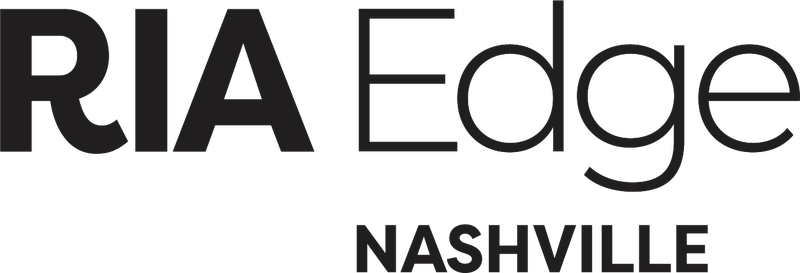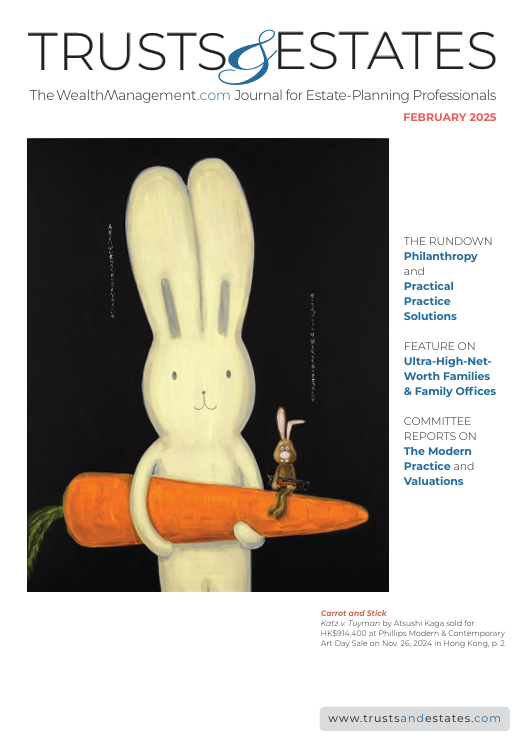How Smart High Yield Investments Can Benefit PortfoliosHow Smart High Yield Investments Can Benefit Portfolios
Today’s economic environment is creating dispersion across bond sectors, introducing various levels of opportunity.
December 20, 2024

Marc Zeitoun and Daniel DeYoung
In the last several months, movements within the bond market have left investors with questions about whether they’ve missed the chance to move out of cash and lock in attractive long-term yields. The short answer is no—in reality, it’s an opportune time to invest in bonds. We are amid the Federal Reserve’s first rate-cutting cycle in four years, and bonds typically outperform cash during periods of rate cutting. This, coupled with inflation cooling over the last several months to a more neutral level, means that now is the time for investors to reassess their portfolios to ensure they are thoughtfully positioned for the opportunities in fixed income.
In fact, a recent survey of 143 advisors conducted in September 2024 confirmed that lower interest rates motivate most advisors (71%) to consider moving out of cash and into bonds. This is because cash and cash equivalent rates are less attractive than before, and investors must accept more risk for similar yields. This, in turn, requires a more complete portfolio risk assessment. Today’s economic environment is creating dispersion across bond sectors, introducing various levels of opportunity. High yield is one corner of the bond market that stands to further benefit from declining interest rates.
Once the Fed began its interest rate-cutting cycle in September, strong yields and the opportunity for price appreciation made high-yield bonds attractive. Retail high-yield fund flows turned positive in 2024 after three consecutive years of outflows. Year to date through November, the high-yield market garnered approximately $17.2 billion of net inflows from retail investors, with $4.3 billion of these inflows occurring in September and October alone following a 50 basis point reduction in the Fed Funds rate in September, according to Morningstar. While it was originally thought that the rate-cutting cycle would continue well into 2025, the recent outcome of the 2024 presidential election has disrupted market expectations.
The election of Donald Trump has resulted in sharply higher short-term interest rates as markets begin to anticipate the prospect of U.S. import tariffs, which some see as inflationary, and a greater fiscal deficit resulting from an unfunded extension of the Tax Cuts & Jobs Act. The election outcome, in combination with slightly elevated consumer price index reports, and stronger-than-expected macroeconomic data, resulted in a recent reset of market expectations regarding future rate cuts in 2025. Now we believe the pace and totality of Federal Reserve easing will be increasingly dependent upon the state of the labor market over the coming year.
This shift in market expectations is why it’s important to not only evaluate if high yield is a part of your portfolio, but how your asset manager is managing your high yield allocation in service of your investment goals. In general, high-yield bonds can deliver income with lower interest rate sensitivity than other fixed-income assets. They also offer the potential to produce some degree of equity market upside with limited volatility. The types of high-yield spreads that any investor is exposed to will entirely depend on the investment approach of that investor’s asset manager.
In common parlance, investing is a tradeoff between risk and return; they should be commensurate. Technically, however, investment professionals often define upside and downside risk in the same manner. That’s less obvious to the typical investor, who does not consider risk symmetrically. For example, if the price of a security were to plummet, the riskiness is obvious (and unfortunate); however, if the price of a security were to shoot up, many professionals would still point to that high volatility as risk and therefore deem the security as risky. In high yield, we think it’s best to focus on the downside. That’s where a research-based focus on quality credit comes in handy.
For example, in a high-yield ETF that we launched this fall, the Columbia U.S. High Yield ETF (NJNK), we avoid “active” interest rate risk by not over- or under-weighting duration relative to a common benchmark index and instead focus on quality credit selection. We partner with our fundamental research team to evaluate and include BB-rated, B-rated and only the best ideas within the CCC-rated bond category, eliminating exposure to the least attractive parts of CCC market. “No junk”—as the ticker NJNK suggests. An under-weight position to the riskiest securities in the benchmark index means less exposure to the securities that likely require repeated access to capital and a continuation of a strong economy with lower funding costs. Our base case would be that in an environment where interest rates remain high and inflation re-accelerates, the fund is well positioned versus the benchmark.
Fluctuation and volatility like what’s currently happening in the market today is why most investors should consider a long-term allocation to high yield within their portfolios, not just a short-term position. Moving forward, more and more investors are increasingly interested in the asset class—in that same survey of advisors, a majority (61%) of respondents said that the top category that they would expect to increase their fixed-income ETF exposure to would be high-yield ETFs. Investors are turning to high-yield bonds as an important investment tool in the coming year and beyond, and advisors should be ready to help their clients invest thoughtfully and intentionally in the asset class.
Dan DeYoung is a High Yield Fixed Income Sr. Portfolio Manager at Columbia Threadneedle Investments
Marc Zeitoun is the Head of North America Product and Business Intelligence at Columbia Threadneedle Investments
You May Also Like





